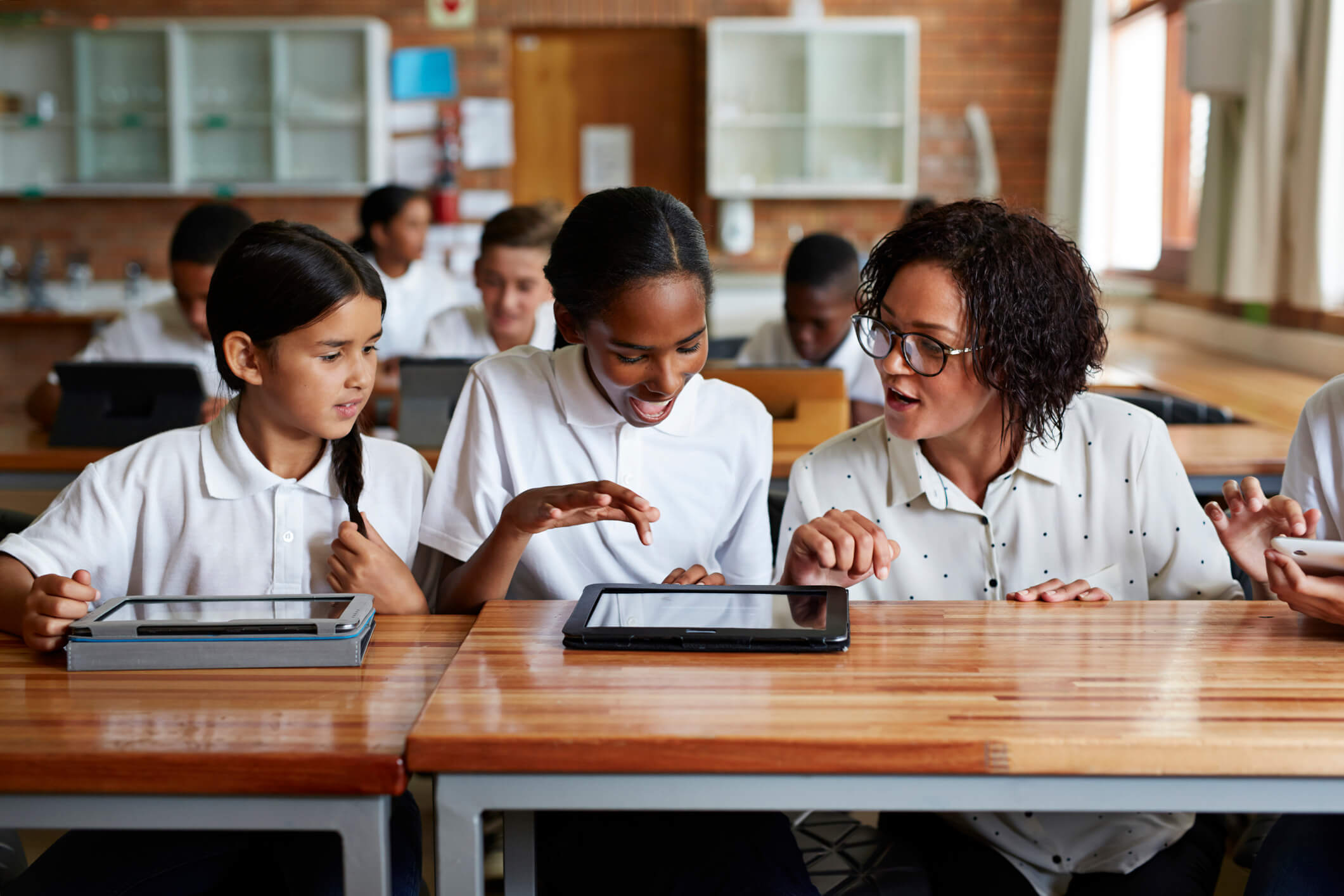
With the EU’s 2030 Digital Decade target of 20 million ICT professionals still far off, the need to build a broader, more inclusive digital talent pipeline has never been clearer. Recent data shows an encouraging picture when it comes to girls’ general digital abilities – but also a significant gap in coding uptake.
According to Eurostat’s 2023 findings, girls aged 16–19 across the European Union display strong digital content-creation skills. Nearly 80% are comfortable moving files between devices or cloud services, and more than two-thirds can create files combining text, images, animations, or sound.
Yet only 9.9% of girls reported writing code in the previous three months – half the rate of boys in the same age group.
This is not a skills deficit. It is a confidence and visibility deficit.
At the same time, a new Europe-wide analysis using PISA 2022 data shows that girls often perform as well as – or even better than – boys in core digital skill categories. Patterns of digital engagement, interest in ICT, and exposure to role models are what tip the balance.
In other words: girls have the ability – what they need is the opportunity.
Why this matters
EU Code Week and the wider Code4Europe initiative exist to make digital skills engaging, inclusive, and accessible. Teachers, schools, and ambassadors across Europe are the movement’s lifeblood: they spark interest, build confidence, and nurture digital curiosity in classrooms every day.
Focusing on girls is not about excluding boys; it is about widening Europe’s talent pool. More engaged girls today mean more innovators, creators, engineers, designers, and digital leaders tomorrow.
Girls in Digital Week, for example, already demonstrates how targeted activities can help young girls see themselves not only as digital users, but as digital creators.
From digital user to digital creator
Girls across Europe are highly active in online creativity, editing photos, producing videos, and designing presentations. But the step from consuming and manipulating digital tools to creating them is where the gap appears.
Here is how teachers can help bridge it:
Make coding creative and relevant. Coding becomes exciting when it connects with girls’ interests: art, music, stories, fashion, and design. Tools like Scratch, App Inventor, or simple Python notebooks allow girls to create something that feels their own.
Build identity and confidence. Girls may use digital tools more often than boys, but they are less likely to identify as “programmers”. Positive reinforcement, female role models, project-sharing sessions, and girls-only workshops can shift this mindset.
Show the world beyond coding. Digital skills open pathways to countless futures: digital design, data literacy, cybersecurity, climate tech, and entrepreneurship. Coding is a gateway – not a destination.
The road ahead
Europe’s digital future doesn’t just need more coders – it needs more diverse coders. When girls engage in coding and digital creativity, we not only address a gender gap – we unlock new perspectives, ideas, and innovations, helping a generation of young girls say:
“I code. I build. I create.”
And that changes everything.


